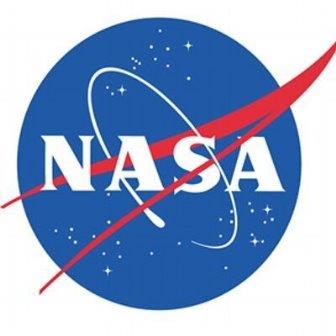President Trump’s travel ban may have run into stiff opposition at home. But it’s what he may do next on immigration that is making a country of 1.3 billion people on the other side of the globe very nervous.
Trump is considering changes that could restrict access to U.S. H-1B visas. It’s a pathway that India’s software industry, which has become a vital cog in the global economy, depends on to hire high-skilled foreigners in the U.S.
Why it matters to India
India’s economy is growing fast, and its IT outsourcing industry is one of the biggest drivers of that growth.
It contributes nearly 10% of India’s gross domestic product and generated close to $150 billion in revenue last year, according to government data. It’s also a massive job creator — employing 3.7 million people at home and abroad.
The sector has grown at an incredible pace over the past two decades — in 2000, its revenues were only $8 billion and it only employed 340,000 people.
That growth has seen big Indian outsourcing firms like Tata Consultancy Services (TCS), Wipro and Infosys become recognizable global brands.
Why it’s important to the world
India accounts for more than half of the global outsourcing market, and around $108 billion of its total revenue was generated overseas — particularly in the West.
The U.S. and the U.K., both of which appear poised to crack down on immigration following Trump’s election and the Brexit vote, together take up 79% of India’s technology exports. Add the rest of Europe, and that share goes up to 90%.
Major global firms that Indian IT companies cater to include Deutsche Bank, IBM, Microsoft and British Airways.
It’s an example of globalization in action. The Indian outsourcing industry has 640 development centers spread out across more than 80 countries worldwide.
Nearly 3 million of the industry’s workers service overseas clients, according to data from India’s National Association of Software and Service Companies (Nasscom).
The outsourcing industry creates another 10 million jobs indirectly, Nasscom estimates, and the millions of engineering graduates India churns out every year make up about 38% of the sector’s global talent pool.
What happens next?
U.S. immigration data shows that 70% of all H-1B applications come from Indians, and industry experts argue that there aren’t enough skilled American workers to bridge the gap if the Trump administration decides to crack down.
“Only two things can happen” if Indian workers can no longer move to the U.S., Nasscom president R. Chandrashekhar told CNNMoney late last month.
“Either the work will remain undone, or the jobs will shift out of the U.S. — both of which are, I believe, not desirable consequences.”
— Sara O’Brien and Sugam Pokharel contributed reporting



